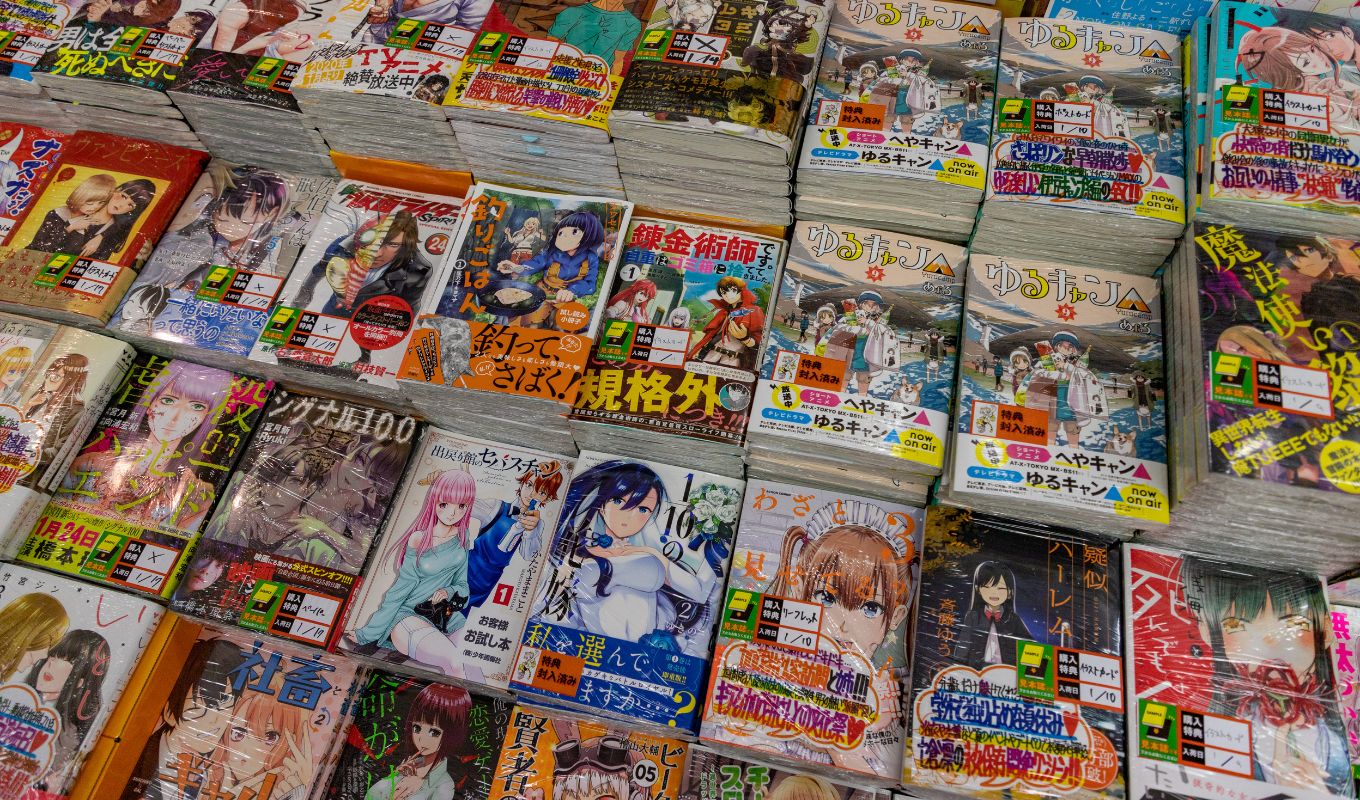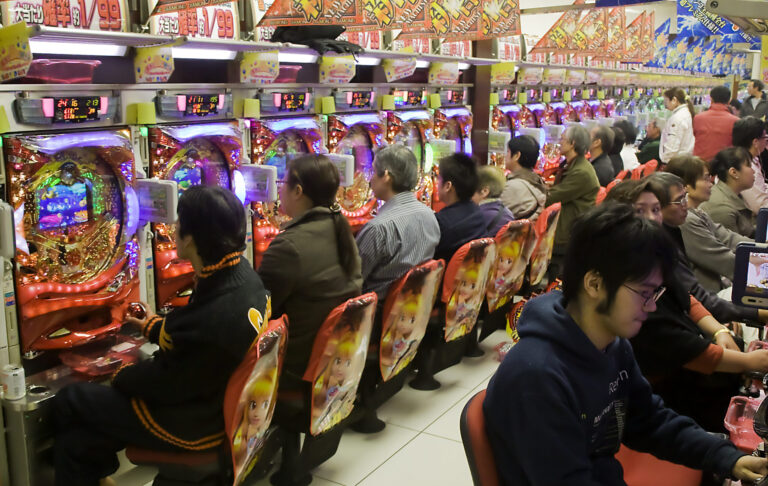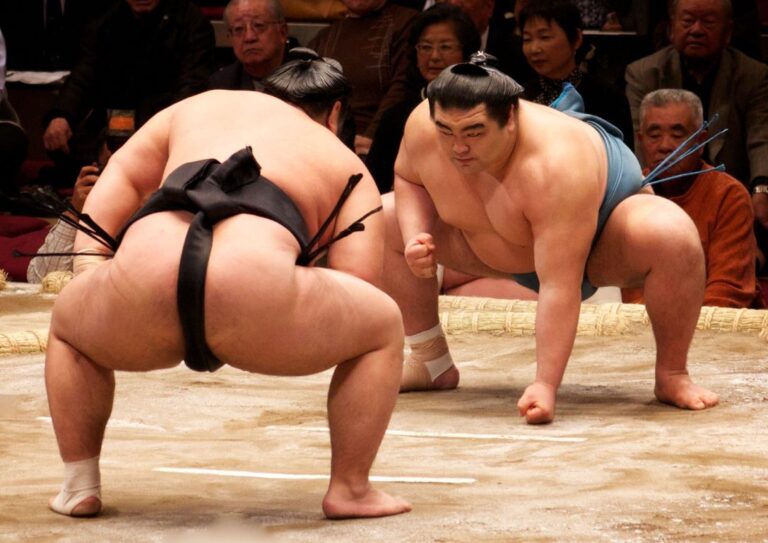In the West, comic books are typically thought of as “kids’ stuff” and the adults who enjoy them are usually thought of as adults who refuse to grow up—and not in a good way. Although some graphic novels have tackled serious subject matter and have won prestigious awards, in general, the majority of adults in North America don’t spend time reading comic books.
In Japan, manga (comic books, graphic novels, and comic strips) are entrenched deep in the culture and are enjoyed by Japanese people of all ages and lifestyles. It is not uncommon to see middle-aged Japanese businesspeople reading manga books on trains—although it was probably more common about a decade ago, as most Japanese people can read manga on their cell phones these days and you may not be able to tell what they’re reading.
However, you will certainly see children and adults alike browsing through manga magazines in bookstores, convenience stores, and manga cafés, cafés where you can pay a flat fee to read as much manga you want.
History of manga
manga may have its roots in artwork from the 12th or 13th century that depicted animals in movement. Many years later, in the 18th century, a book called Toba Ehon, which featured drawings of stories of common life, was published in Osaka.
However, the father of modern manga is generally considered to be Tezuka Osamu, who first published his own distinct style of manga in the 1930s. Tezuka-sensei continued to contribute to the industry until his death in the 1980s and his work continues to influence mangaka (manga artists) today.
In the West, even the general public is familiar with some of Tezuka-sensei’s work, such as Astro Boy (Tetsuwan Atom), Kimba the White Lion (Jungle Taitei), and Metropolis.
Manga Style
Tezuka-sensei pioneered the look of modern manga, but he was actually influenced by the early works of Walt Disney. The characters in Snow White and the Seven Dwarves have large, expressive eyes even while the rest of their bodies are depicted fairly realistically. manga takes this to the extreme.
The most distinguishable characteristic of most manga is the very large eyes, which are used to more easily convey characters’ feelings.
manga Format
Most manga is initially published in a serialized format in manga magazines, which feature between 10 and 22 different titles monthly, bimonthly or even weekly.
The best-selling manga magazine in Japan, Shounen Jump, sells around 2.8 million copies every week, although 15 years ago, before cell phones were commonplace, it sold 6 million copies weekly.
Although it’s aimed at elementary and middle school-aged boys, the long-running magazine has also enjoyed consistent popularity among adults and females during its more than 40-year history.
manga is usually meant to be consumed quickly. manga magazines are as thick as or thicker than encyclopedias and are printed on low-quality grayish paper that’s rough to the touch and meant to be recycled once the reader is done with the issue.
The artwork, which only rarely includes a few pages of color at the front of an issue, is printed in single-toned ink. Because of the lack of space in many Japanese homes, you are unlikely to find people who keep copies of their favorite manga magazines once the new issue is out.
If they like certain series, they will purchase the tankoubon (“graphic novel”) version of the series once it comes out. These books average 4 ½ by 6 ½ inches, about 2/3 the width and height of a manga magazine and much thinner. However, the paper quality is much better and meant for long-term preservation.
The artwork looks its best in these books due to the stark black and white contrast of ink and paper.
Types of manga
Because all sorts of Japanese people enjoy manga, manga encompasses all sorts of genres: action, romance, sports, thriller, mystery, fighting, coming-of-age, historical, and everyday life, to name a few.
Young children read silly child-appropriate comedy or tales about princesses or heroes saving the day. But there is also manga aimed at adults that can wrestle with political issues, adult-themed romance, horror, or the daily grind of work. These adult manga can feature graphic language, violence, and sexual situations.
Between young child and adult, there are manga aimed at pre-teens, teenagers, and college-aged kids. The types of manga aimed at girls and women often deal with romance, dreams, or independent females who rise up against challenges, whereas the types of manga aimed at boys and men often deal with action, adventure, or awkward men who find themselves the center of attention from many beautiful girls. However, there’s always room for crossover in any genre.
mangaka
The artists behind manga are different than their Western counterparts. For one, with a few notable exceptions, mangaka are typically creators, artists, and writers all in one. Unlike in the West, where comic creators, writers, and artists are generally different jobs, mangaka create the manga, write the script for each issue, and draw the art for each issue.
They do typically have a small team of 4 to 10 assistant artists (depending on how popular the manga is and how frequently it’s published) who come in to the office a few days each week to draw backgrounds and non-essential details in the issue, as the mangaka themselves can’t possibly draw complete manga in time for their deadlines without assistance.
Mangaka are often overworked to the point of exhaustion and it’s not uncommon to hear that a popular manga must suddenly stop production for a few months or even years because the mangaka has been hospitalized for stress, fatigue, or even back or hand injuries that result from the repetitive strain of leaning over a table and drawing.
As some manga is published weekly, the mangaka must work continuously to meet the deadlines, taking few to no days off each month and getting as little as 3 to 4 hours of sleep per night as the deadline approaches.



